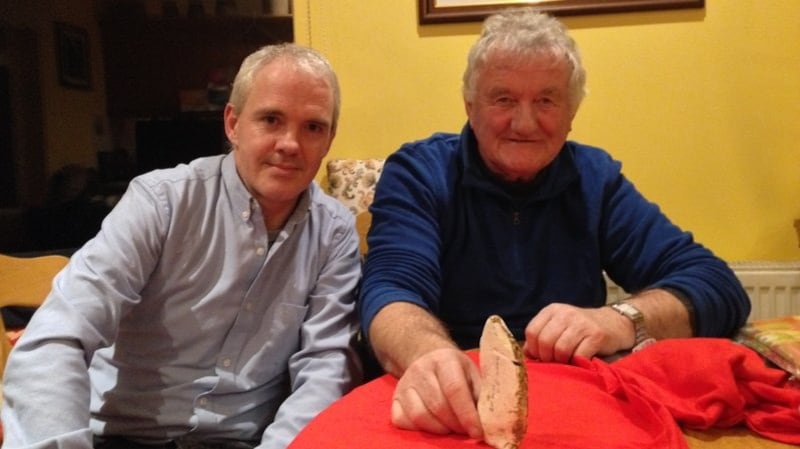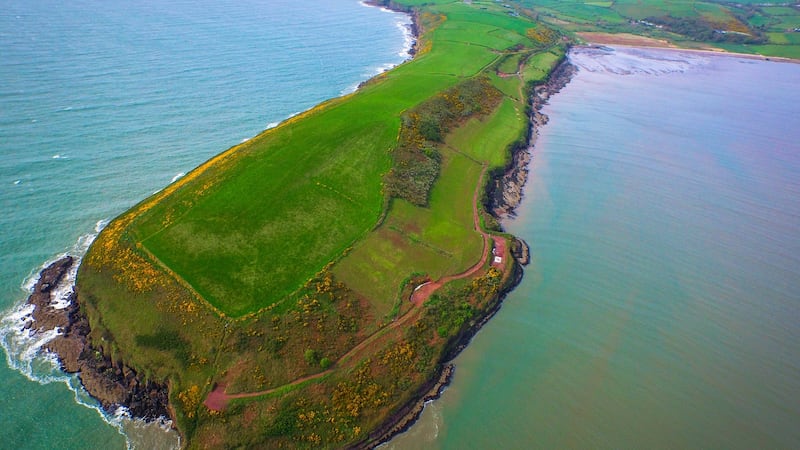A previously unrecorded collection of thousands of artefacts found around the Waterford Estuary indicate what would be one of the oldest settlements in Ireland, stretching back up to 10,000 years, archaeologists have said.
Surveys were carried out on items found at Creadan Head, near Dunmore East, Co Waterford, earlier this summer. The artefacts, which included flint tools, were originally collected by local man Noel McDonagh over a period of almost four decades.
The archaeologists are confident they stretch back to the Mesolithic Period, also known as the Middle Stone Age.


Dr Peter Woodman, late emeritus professor of archaeology at University College Cork, had worked on the Creadan site before he died last year. The baton has since been taken up by Dr Stanton Green of Monmouth University in the US.
In a statement from Dr Green and Dr Joseph Schuldenrein, a senior geoarcheology researcher in New York, they say some of the artefacts found at Creadan Head are more than 10,000 years old.
“Every indication then was that people did come to Waterford as early, if not earlier than, people came to the north and west of Ireland. This understanding changes Irish prehistory, and this proposed project aims to verify this.”
Problematic bone
A bear bone discovered in a cave in Co Clare dates back 12,500 years, according to radiocarbon dating. However, Dr Green contends the bone is problematic and needs more study.
“Cut marks in isolation with no archaeological context or artefacts are not enough to date a prehistoric settlement. So we do not consider the Clare finds a verified site.”
The Mesolithic site at Mount Sandel in Co Derry was found to date back approximately 9,800 years, while an excavation in Dingle, Co Kerry, found a seasonal settlement used more than 4,000 years ago, with the site itself dating back to over 8,000 years ago. Dr Green believes the site at Creadan may eventually be found to date back further than those.
He said artefacts found at Creadan are similar to those found in Derry and Dingle, adding that the project aims to recreate the environmental and sea level history of the Waterford Estuary.
The next stage of the research will see further examination of the artefacts already collected as well as a reconstruction of the environment around Creadan Head.
Flint tools
Noel McDonagh, a former fisherman, first discovered the flint tools in 1979 but he was not sure what they were. Neither was anyone else. “Everyone I asked didn’t know what sort of stone it was. When someone did tell me that it was flint, I was hooked.”
He moved his research up a gear after his retirement from running an adventure shop nine years ago. The 74-year-old has now found and mapped more than 10,000 pieces, painstakingly catalogued over the past several years.
“Mr McDonagh has done a fantastic job of identifying Mesolithic tools and marking their locality, making it possible to reconstruct the settlement of the area,” said Dr Green.
Many of the tools are small in size, with some having needle-like points, while others have sharpened sides.
“One fascinating feature of the stone tool technology of this area is the ingenious way people beautifully fashioned stone knives, scrapers and very small stone cutting blades from the chert pebbles of the area,” added Dr Green.












